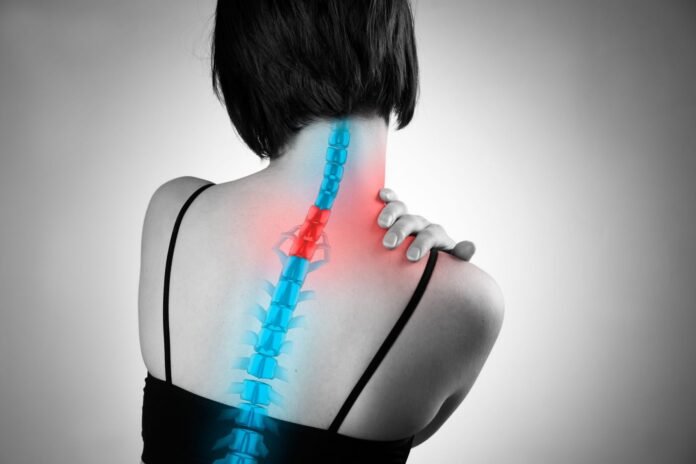Category: Back Pain | Author: Stefano Sinicropi
Do you experience pain or tenderness when you put pressure on a specific spot on your back? This type of discomfort isn’t normal, and while that doesn’t mean it’s necessarily being caused by a major health issue, it’s still not something that you should ignore. But what’s likely causing this tenderness and spinal discomfort, and more importantly, how can you treat it? In today’s blog, we discuss what types of injuries and health issues could be causing localized tenderness in your back.
What’s Causing Tenderness On My Back?
Spinal pain and tenderness can be caused by a few different issues, so for a clear diagnosis and to get set up with an individualized treatment plan, we recommend connecting with an orthopaedic specialist in your area. In the greater Twin Cities area, we hope you’ll sync up with Dr. Sinicropi and the team at The Midwest Spine & Brain Institute.
With that said, here’s a look at some of the conditions your doctor will work to confirm or rule out when examining your spinal tenderness:
- Muscle Strain – If your spinal tenderness is mild or fleeting, there’s a good chance that you’re simply dealing with a spinal muscle strain. If you recently engaged in intense physical activity or have been doing more bending, twisting and lifting than normal, it’s possible that one or more spinal muscles were overloaded during the process. Small tears developed in the muscle, and now the area feels a bit tender to the touch. Short term rest and a gradual reintroduction to physical activities can help you overcome a spinal muscle strain in short order.
- Sprained Ligament – Similarly, you may be dealing with another type of soft tissue injury – the ligament sprain. Ligaments connect bones to other bones, but they too can be overloaded with stress and tear. Complete ligament ruptures will cause severe pain and impairment, but partial or mild ligament tearing oftentimes leads to soreness, tenderness and discomfort in the affected area, and these symptoms can be amplified when pressure is applied. Rest and a little physical therapy can help you treat a ligament sprain.
- Herniated Disc – If your tenderness is located along your spine, it’s possible that a disc issue is to blame. If a spinal disc has shifted or herniated, it could be impacting nearby nerves, leading to the symptoms you’re experiencing. Applying pressure to the affected disc can increase symptoms, which is why there may be a tender spot along your spine if you’re dealing with a shifted disc. Rest, activity modification, physical therapy and gradual strength training are common treatments for spinal disc issues.
- Vertebral Fracture – As we get older, the strength of our vertebral discs can decline a little, meaning that it takes less stress for a vertebral fracture to develop. If you slip and fall, even if it’s just a foot or two, you can overload a vertebra and cause a fracture. Because the fracture is isolated to a specific vertebra, oftentimes that precise area of your back hurts or feels tender. Most vertebral fractures heal well on their own with conservative techniques, but an unstable fracture may need surgical correction.
- Tumor – Finally, it’s possible that your spinal tenderness is being caused by a tumor in the area. As the tumor grows, it can irritate spinal nerves and other structures in the area, leading to pain and tenderness. A spine surgeon will take a closer look at the growth to determine whether or not it is cancerous and the best way to address it, which is oftentimes with watchful waiting, radiation therapy or surgical excision.
Don’t ignore spinal tenderness. At a minimum, monitor the area and see how it responds to some common conservative treatments. If those treatments fail or symptoms intensify, connect with an orthopaedic specialist. For more information, or to set up a consultation with our team, give Dr. Sinicropi a call today at (651) 430-3800.
Related

